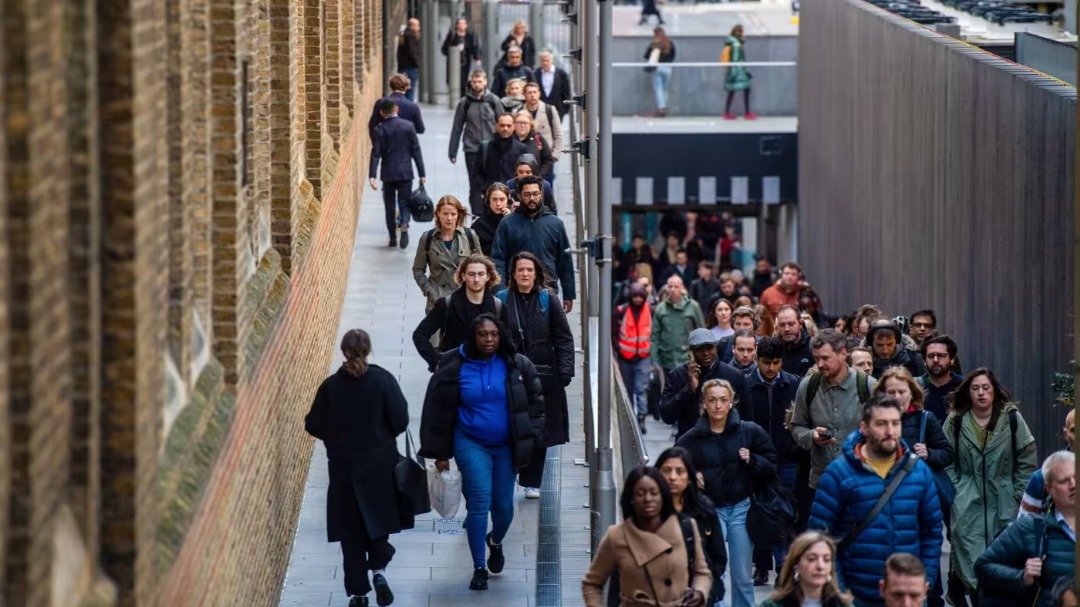Joblessness in the UK will soon hit the highest level since the beginning of 2021, when the country was in the grip of Covid-19 lockdowns, according to analysis pointing to a rapid weakening in the jobs market.
The unemployment rate is on track to hit 5 per cent in the three months to August, according to Resolution Foundation research based on a range of job indicators. The official rate was 4.7 per cent in the second quarter.
The think-tank’s analysis is part of a project to shine a clearer light on the labour market when official statistics have been hit by falling responses to the labour force survey, the main source of data on unemployment.
It suggests that while the official unemployment rate is currently broadly accurate, other indicators, including employment and inactivity, are still giving misleading signals.
Hiring has slowed in the UK, with many businesses blaming Chancellor Rachel Reeves’ decision to increase employer national insurance contributions alongside a rise in the national living wage.
The Bank of England has been struggling to balance the weakening jobs market against stubbornly high inflation.
“Unemployment has not yet peaked,” said Gregory Thwaites, research director at the RF. “The ongoing loosening of the labour market appears to be taking the form of a hiring freeze rather than a firing spree, but this is still bad news for jobseekers as vacancies look set to continue being scarce.”
The RF’s short-term labour market forecasts are based on a model that aims to correct for problems in official employment data, drawing from indicators including vacancies, wages, company surveys and jobless benefit claims.
A rate of 5 per cent would be the highest since the three months to February 2021 and would be above the BoE’s prediction of 4.9 per cent unemployment in the final quarter of this year.
Unemployment last peaked at 5.3 per cent in late 2020 as the pandemic lockdowns clobbered the economy, before beginning to decrease throughout 2021.
The analysis suggests the employment rate is falling, contradicting ONS data that shows it is up over the past year, with a range of indicators suggesting the jobs market is now looser overall than it was on the eve of the pandemic.
Vacancies had fallen most in lower-paying industries such as retail and wholesale and hospitality over the past year, it showed.
However, the picture is being clouded by the continued strength of wage growth, which the RF said was a “puzzle” given the weakening jobs market. Recent pay growth of 5 per cent is about a percentage point more rapid than the RF models would suggest.
Labour market inactivity, a focus for the government, stands at about 21 per cent, according to the RF estimates, in line with official readings.
But it had risen by about 1 percentage point over the past two years, in contrast to official figures showing a 1 percentage point decrease from its peak, the think-tank said. This reflects a disagreement with the ONS over previous levels of inactivity.
“While our analysis confirms that official measures of unemployment are accurate, it worryingly indicates that economic inactivity has been on an upward trajectory,” said Thwaites.
The findings come as problems in official data complicate the BoE’s efforts to steer the economy, which grew 0.3 per cent in the second quarter.
A government-commissioned review by former civil servant Sir Robert Devereux warned of “deep-seated” issues within the ONS earlier this year. Sir Ian Diamond stepped down as head of the agency in May with immediate effect, citing health issues.
The BoE’s Monetary Policy Committee voted only narrowly to lower interest rates to 4 per cent in their latest meeting earlier this month. Governor Andrew Bailey said after the meeting that the path of interest rates “continues to be downward”.
But Bailey added that there was now “genuine uncertainty” because the MPC saw risks of both inflation overshooting its forecasts and of growth undershooting. EndFragment



